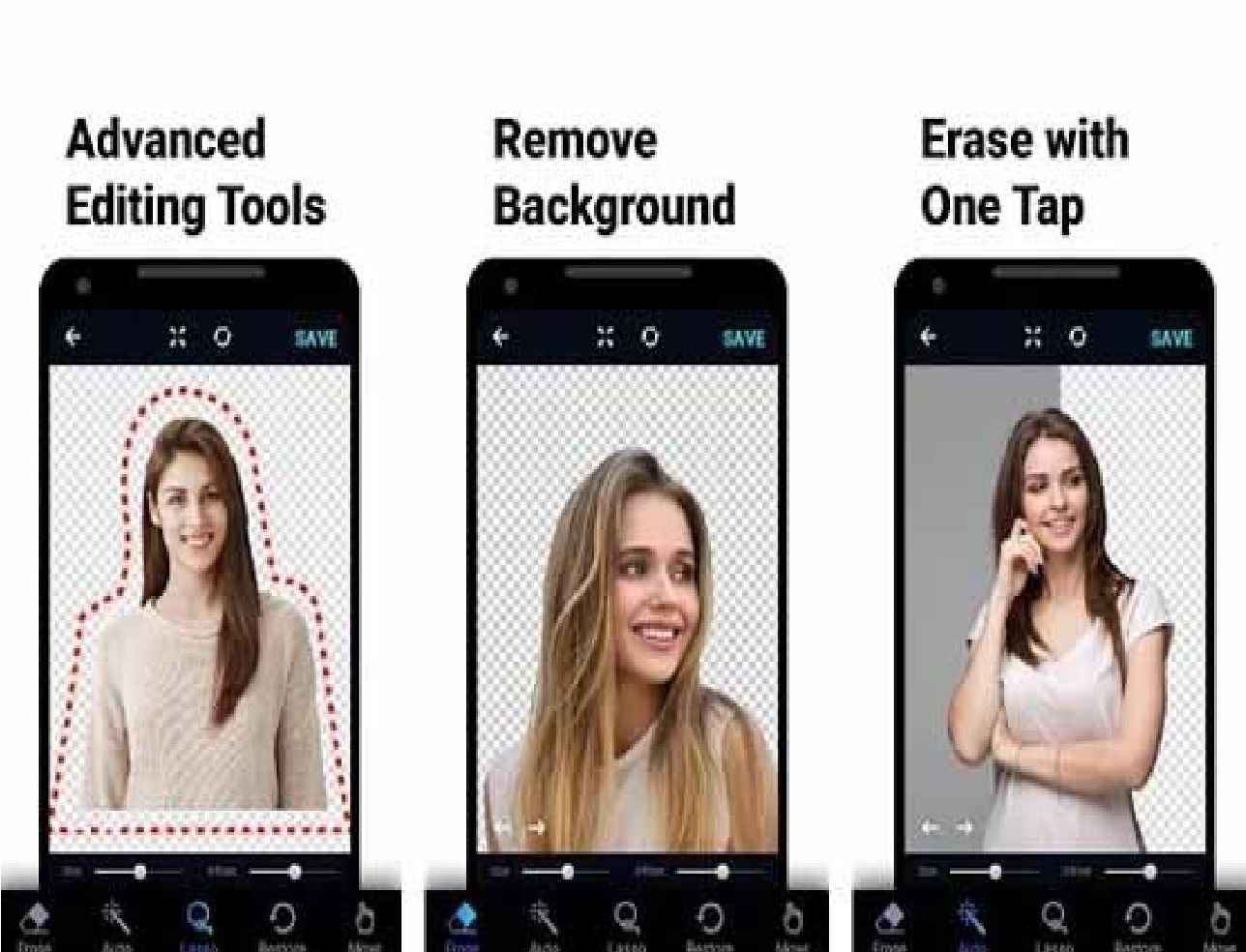
When erasing in continuous sampling mode you have to be careful to avoid drifting into and erasing the region you want to keep. The green and blue areas in the background eraser stroke will be erased respectively because the background eraser is always updating its sample color to match the area it is in. Subsequently drag through the green then blue areas, the sample color will change to green then blue based on the color under the center of the brush as shown by the dots in the image below. If you start dragging in the red area then

In Continuous Sampling mode the sample color is automatically updated as long as you are dragging in the image. To set the sampling mode click to open the 'Sampling' The sampling mode is important because itĬontrols how the background eraser tool erases when it strokes the image. How the sample color is set is determined by the 'Sampling' mode in the tool options bar. User set Tolerance the pixel is erased, otherwise it is left unchanged.

If the difference between the pixel in the stroke color and the sample color is within a It compares the color of the pixels in its brush stroke to a set Similarity to decide what pixels to erase in the image. Unlike the regular eraser tool that blanket erases everything in its stroke, the background eraser tool is selective. Makes them more or fully transparent, what we call 'erasing'. So if the eraser lowers the alpha of pixels in its stroke or sets it to zero, it Like the eraser tool theīackground eraser is a brush tool that reduces the alpha value of the pixels in its stroke. To use the background eraser tool effectively you need to understand how it erases pixels. The background eraser tool is a color based eraser. This is what the background eraser tool uses to remove parts of an image. What you use to decide what is sand in the image The sand in the background of the beach ball you are effectively removing the background. It simply erases the areas of color that you choose to be the background.

Remove backgrounds in the strictest sense. This leads to the question, "Well, how does the background eraser tool remove the background?" The answer is the background eraser does not The parts of an image is purely subjective depending on what you want to extract from the image. Two butterflies in a field of flowers, a beach ball and bucket in the sand, each scene has its own complexity of background and subjects. If you have five different pictures you can have five completely different and valid backgrounds and several subjects. Or what you would classify to be the subject for that matter. Some artificially intelligent tool that can determine by inspection what in an image you would consider to be the background, Use Canva grids to layout and edit your images This wonderful tool acts like a frame for you to drop images into.For starters, let us define what the background eraser tool is and what it is not. These can be applied to a range of elements, including text, backgrounds, shapes, icons and more.
#Background eraser canva how to
In this article, we show you how to use Canva's background remover feature. Use text holders How can I use Canva as background remover?Ĭanva photos help to perfectly illustrate your vision, whether you’re looking for something soothing and laidback, such as Notebooks on White Background with Shadows or an image that brims with movement and energy, like Boys Doing Parkour. Grids are also incredibly useful for enhancing images and applying unique filters consistently.

In terms of composition, it can be used to stretch images across your entire design, place multiple images together or crop images. This wonderful tool acts like a frame for you to drop images into. What do you need to know about Canva tools? Simply make sure that BOTH your color boxes in the upper right hand corner are designated as pure white. Why is my eraser tool painting? When you go to background layer and you are using your eraser, actually you are 'painting out' your background layer mistakes in white!.


 0 kommentar(er)
0 kommentar(er)
